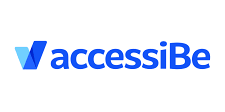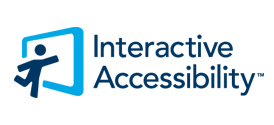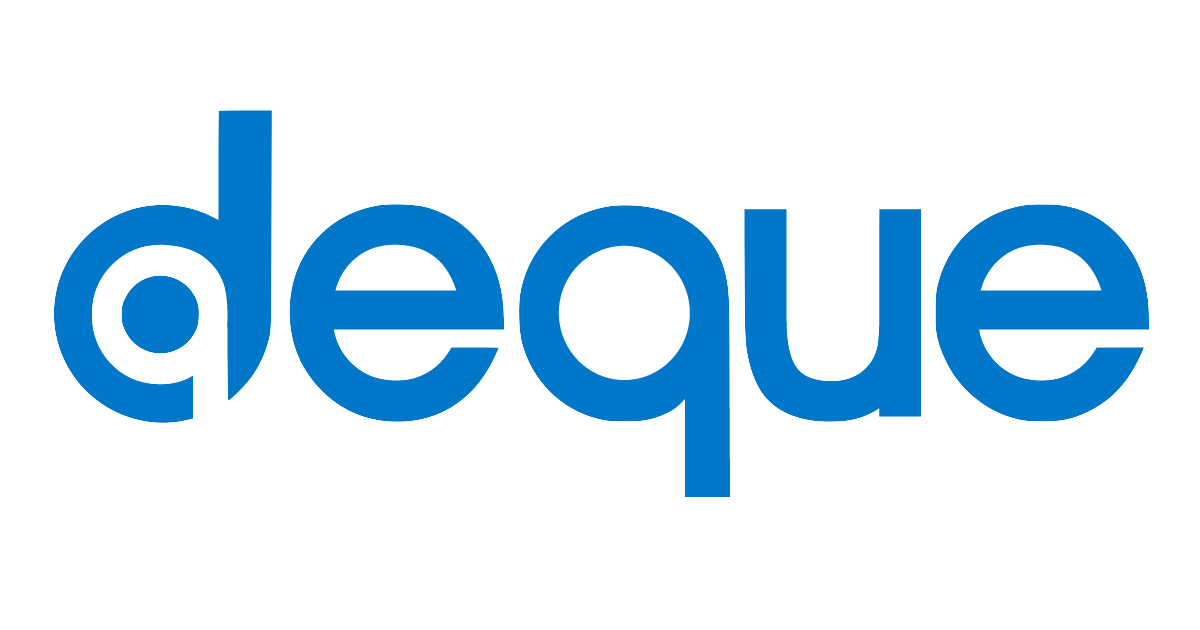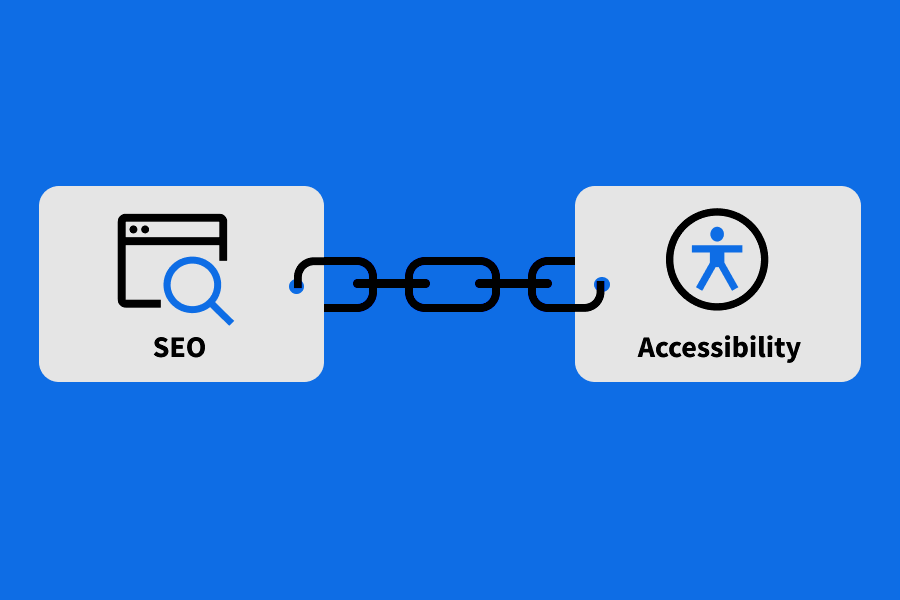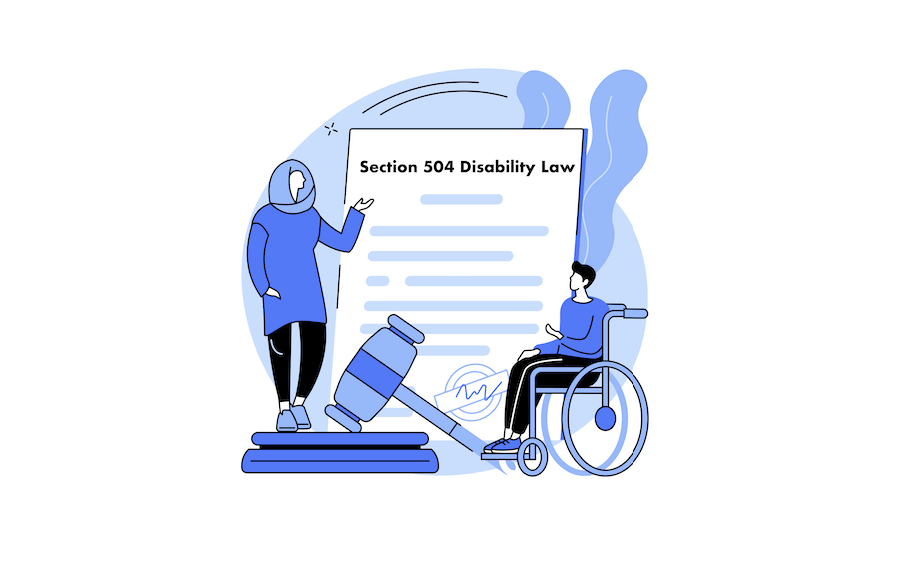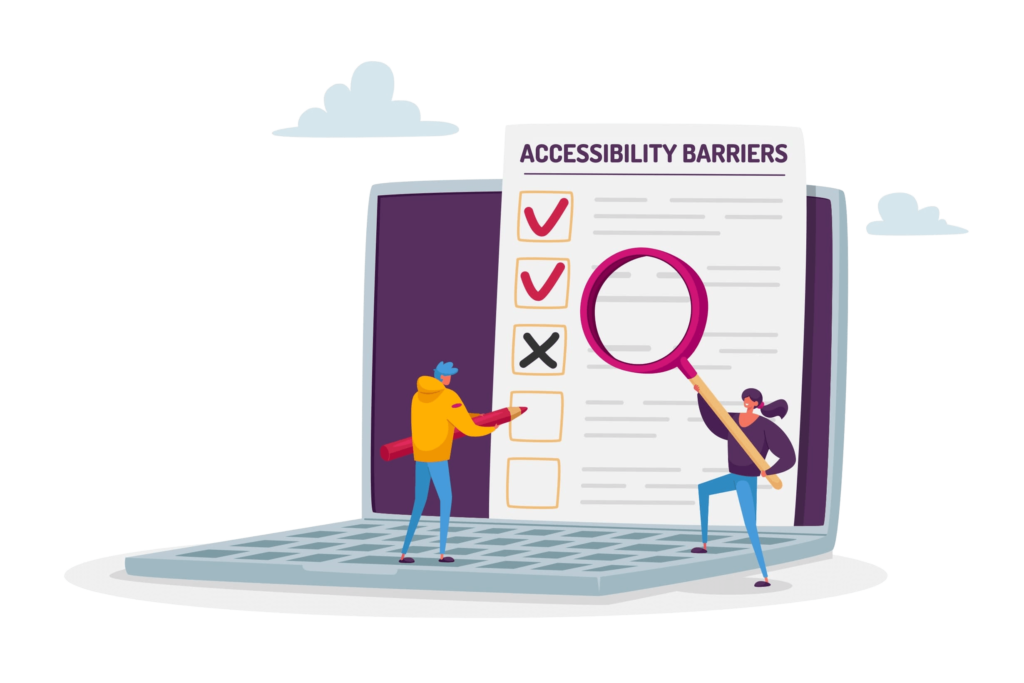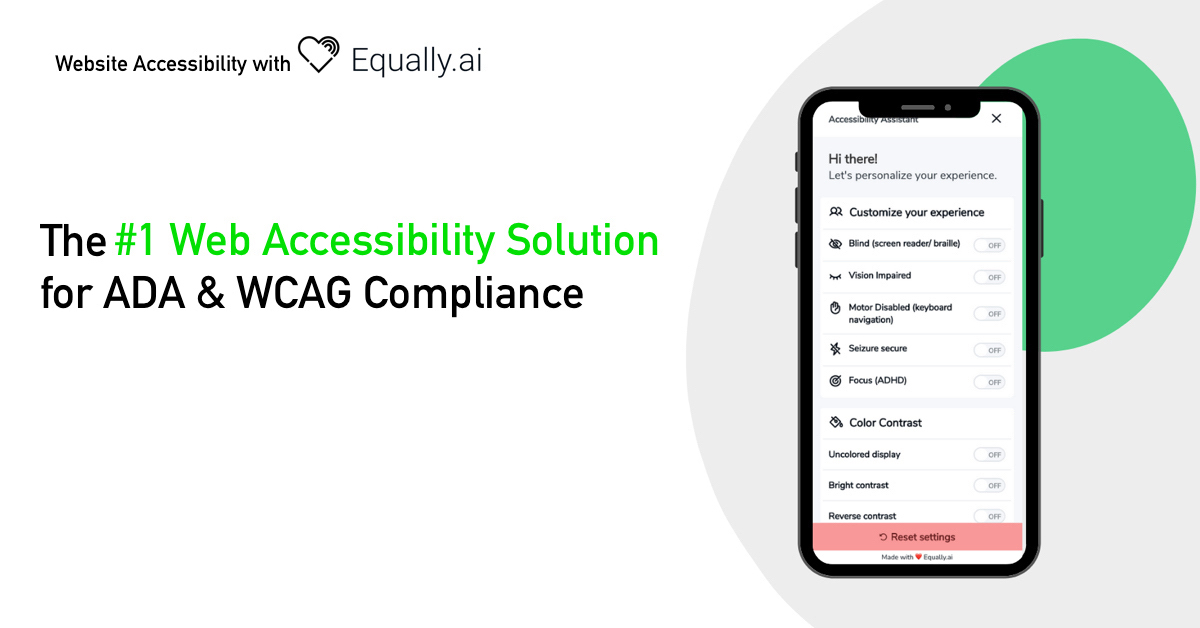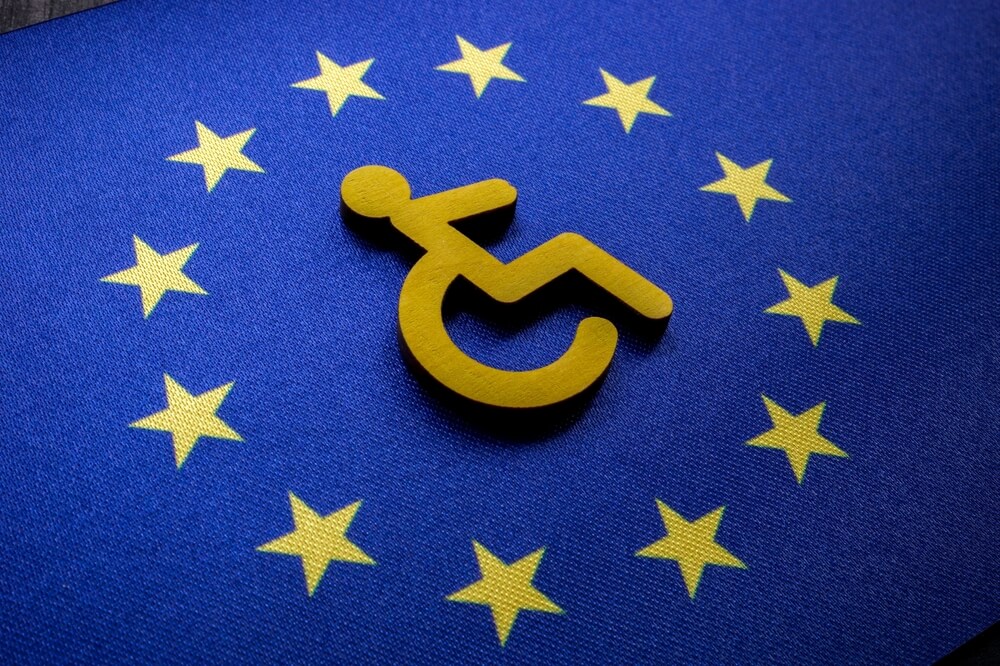
Facing today’s highly digitalized world might seem like a fairly simple everyday activity. The truth is, for most people, it possibly is, but for approximately 1 billion people, it is not. These are the people that have some kind of disability that prevents them from accessing the internet and using all its amazing features. The European Union is fighting to add accessibility to each and every website in its jurisdiction and allow for an equal and accessible digital world for all. Let’s explore the European Accessibility Act, why 2025 will be a significant milestone, and why it’s essential for everyone living in Europe.
What It Is
The European Accessibility Act is a comprehensive directive that institutes a set of accessibility rules that encompasses digital services, software, and hardware used or sold in the EU. This act was created with the idea of removing all barriers that were created by differing accessibility laws in the EU member states, but above all, improving the functionality of the internet market for accessible services and products.
EAA vs. WCAG
The primary source of data on accessibility best practices for European companies is the Web Content Accessibility Guidelines (WGAC). They are not, however, enforceable and lack legal standing. On the other hand, the European Accessibility Act is a law requirement.
By making accessibility enforceable by law, Europe is finally catching up to countries like the US, where accessibility legislation has been in the works for some time now. The EU Web Accessibility Directive previously obliged public-sector apps and websites to abide by accessibility standards. Still, thanks to the European Accessibility Act, this is the first time private-sector companies have been subject to accessibility regulations.
What Does It Say
Although the European Accessibility Act and the WCAG have different accessibility requirements, they both share many of the same fundamental standpoints. The European Accessibility Act aligns with WCAG and focuses on four fundamental accessibility best practices known as POUR: to gain accessibility, the content must be perceivable, operable, understandable, and robust.
To put it differently, individuals with disabilities must be able to consistently use assistive technology like screen readers, understand what they are seeing, and be able to use and navigate user interfaces easily. However, technical accessibility guidelines are not included in the European Accessibility Act itself. It entails that each member state must decide how it will carry out the directive’s goals.
What It Means for People and Products
The European Accessibility Act applies to both older individuals and those with disabilities. The following essential services and products must meet the conditions in order for various groups to be able to participate in society equally:
- Operating systems and computers
- ATMs, check-in, and ticketing machines
- Smartphones
- Telephone services and all related equipment
- TV equipment for digital television services
- Banking Services
- E-Commerce
- e-Books
- Audio-visual media services: television broadcasting equipment
- All services related to bus, air, rail, and waterborne passenger transportation.
We know that the EAA was created to delete barriers for people with disabilities, but in actuality, each EU citizen will benefit from this set of laws. The law will also benefit those who experience temporary disabilities, such as an individual with a broken arm or an individual carrying a baby who needs to operate a mobile app with just one hand.
Important Dates:
- June 28, 2022, marks the day that the EU member states had to adopt the EAA and its requirements into their laws.
- June 28, 2025, is the deadline set by the EU, until which companies have to comply with the EAA.
What You Can Do – Final Thoughts
Just like GDPR, the European Accessibility Act will have a global impact and possibly serve as an example for other similar acts and how they were implemented. If we know that European companies will have until June 28, 2025, to comply with the EAA, it’s safe to conclude that the time for preparation is now. It may seem like the deadline is far away, but a lot needs to be done before you can say that your company is complying with the EAA.
Do you feel like you don’t know where to start? First and foremost, you should determine the weak points of your website in order to even begin considering implementing the needed changes. This is where Best Website Accessibility comes in and makes your accessibility journey undemanding. Make your website and all digital content available and accessible to everyone, and comply with EAA accessibility regulations before the deadline approaches. What are you waiting for? The clock is ticking.


